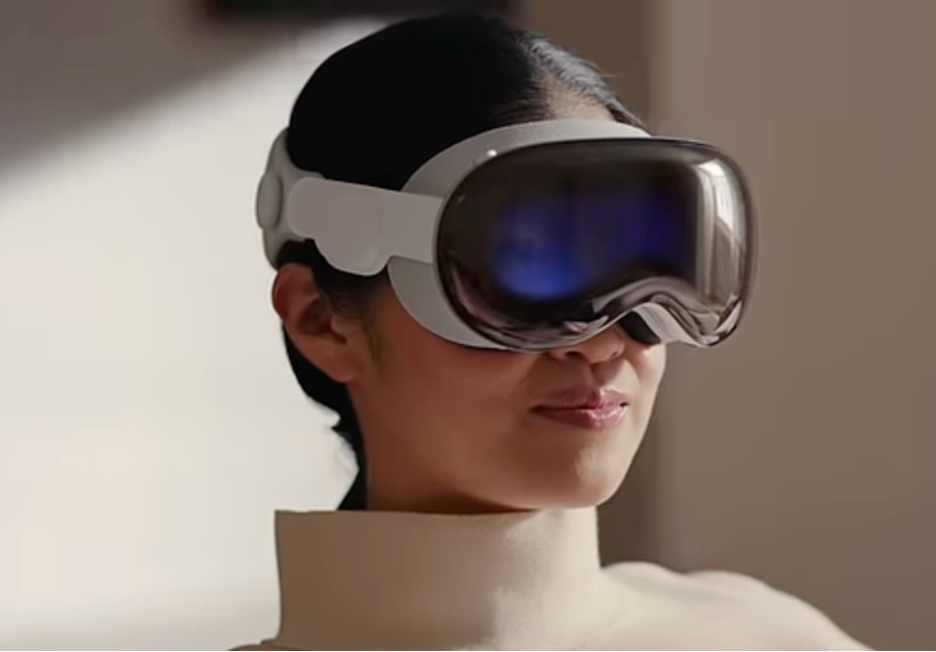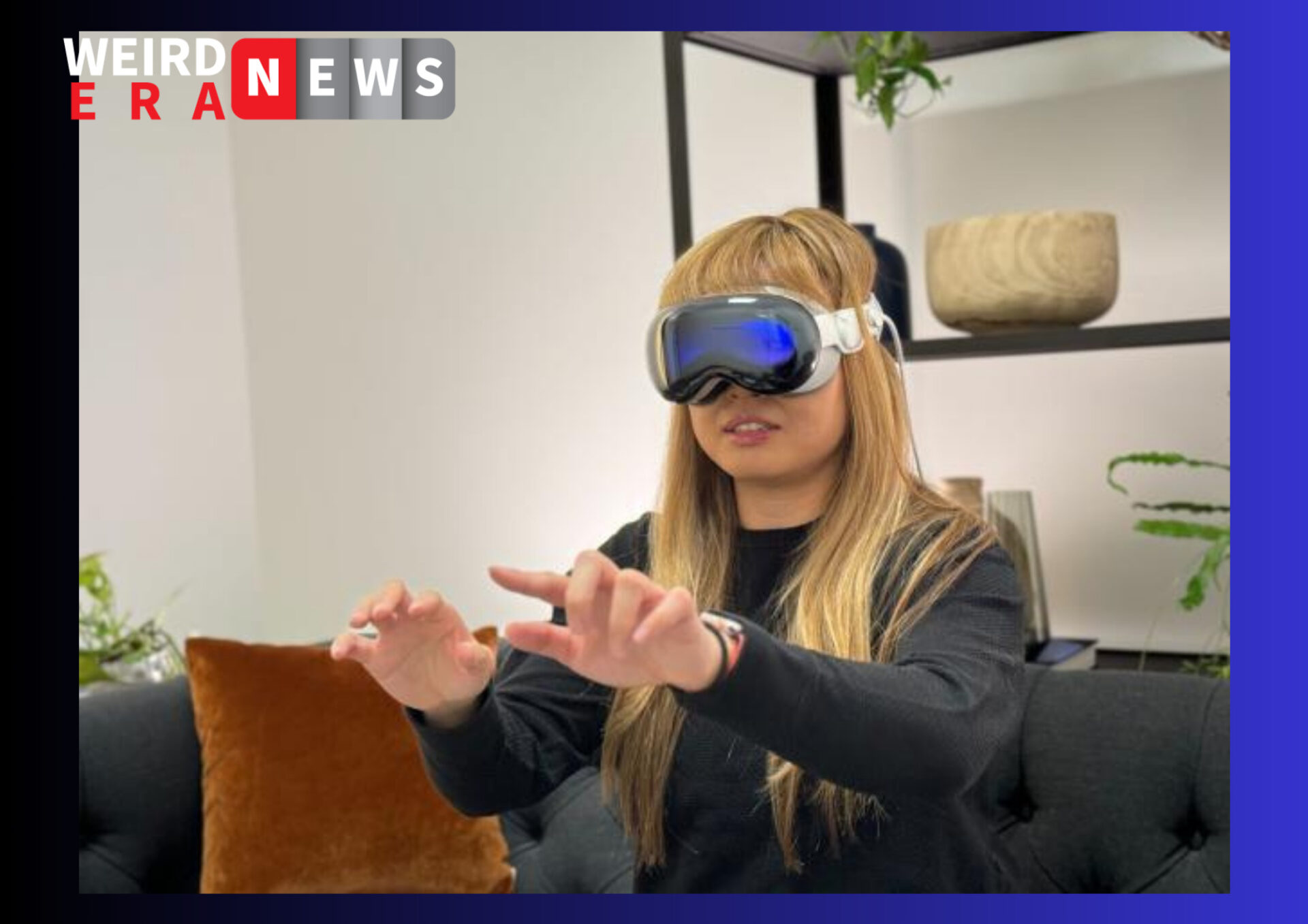On a chilly, snowy day in New York City that would typically scream “work-from-home,” I ventured out into the cold for a firsthand experience with Apple’s latest innovation—the Apple Vision Pro. Priced at $3,499, this headset has been wrapped in secrecy for most, but my half-hour session revealed a surprisingly familiar feel.
Putting on the Vision Pro echoed the ease of setting up Face ID on an iPhone, and slipping it onto my head resembled the routine of other VR headsets, albeit with an unmistakable Apple touch. Once settled, a quick eye-tracking setup followed, and visions introduced me to an app launcher reminiscent of a Mac’s Launchpad, allowing me to see my surroundings if I chose. The digital crown on the upper right, borrowed from the Apple Watch, served to recenter the home screen or immerse myself in a virtual environment, while a button on the opposite side allowed for capturing spatial photos and videos—reminiscent of an Apple Watch side button.
Read More: Supreme Court Decision on Epic’s App Store Case Poses Sales Risk for Apple
The demo showcased swift and accurate vision tracking. Whether navigating menus or browsing movie titles in the Apple TV app, the Vision Pro effortlessly responded to my gaze. Typing in Safari using the virtual keyboard was a bit clunky, employing a pinch and select method, but once I mastered the timing, it became intuitive.

The high-resolution 4K screens, delivering 23-micron pixels to each eye, stunned me. The virtual world inside the Vision Pro felt like a refined version of Meta’s Quest, powered by a robust M2-based computer. From exploring an AR Alfa Romeo F1 car to watching a Star Wars trailer on Tatooine, the experience was immersive and lag-free. Even spatial videos and panoramic photos we brought for the demo seemed convincing, though stability was key for optimal viewing.
Emphasizing connectivity, Apple demonstrated EyeSight, displaying onlookers a wearer’s eyes and a glimpse of their “persona.” The headset aims to integrate with the real world, showing the wearer’s attention and reactions. However, the challenge lies in not being aware of what’s displayed on the front of the headset and the potential blending of virtual and real-world perceptions.
Wearing the headset felt like a whirlwind, akin to a child marveling at an alien planet, even though I never left my couch. Yet, as the demo concluded, the weight of the headset reminded me of the real world. A mild headache from intense concentration dissolved upon removal, leaving me to ponder where this technological marvel fits into our reality. The social dynamics and cues of the Vision Pro will undoubtedly require time to navigate and understand. As I walked back into Manhattan, the demo replayed in my mind, and I found myself grappling with the challenge of integrating this groundbreaking technology into our everyday lives.

